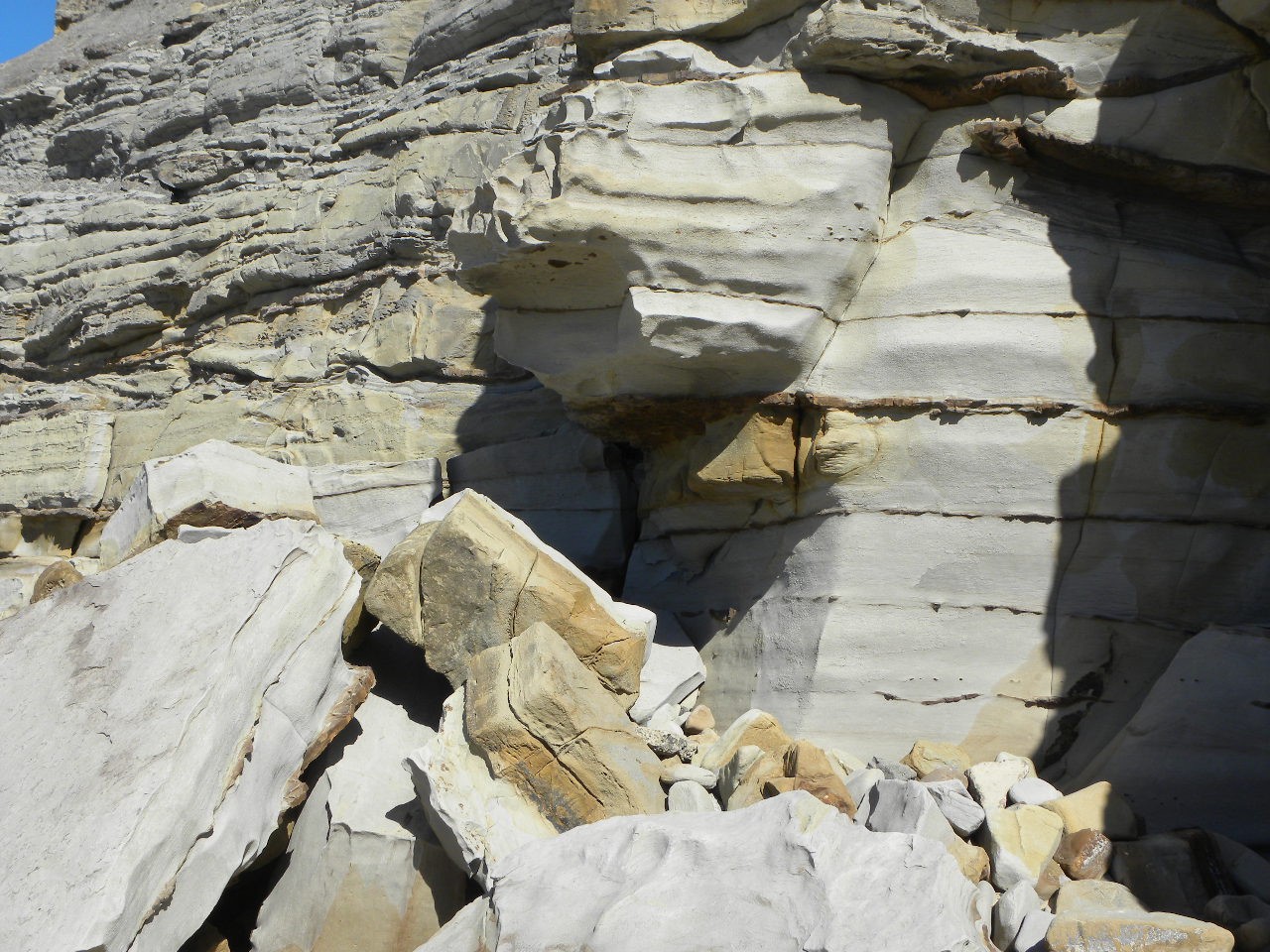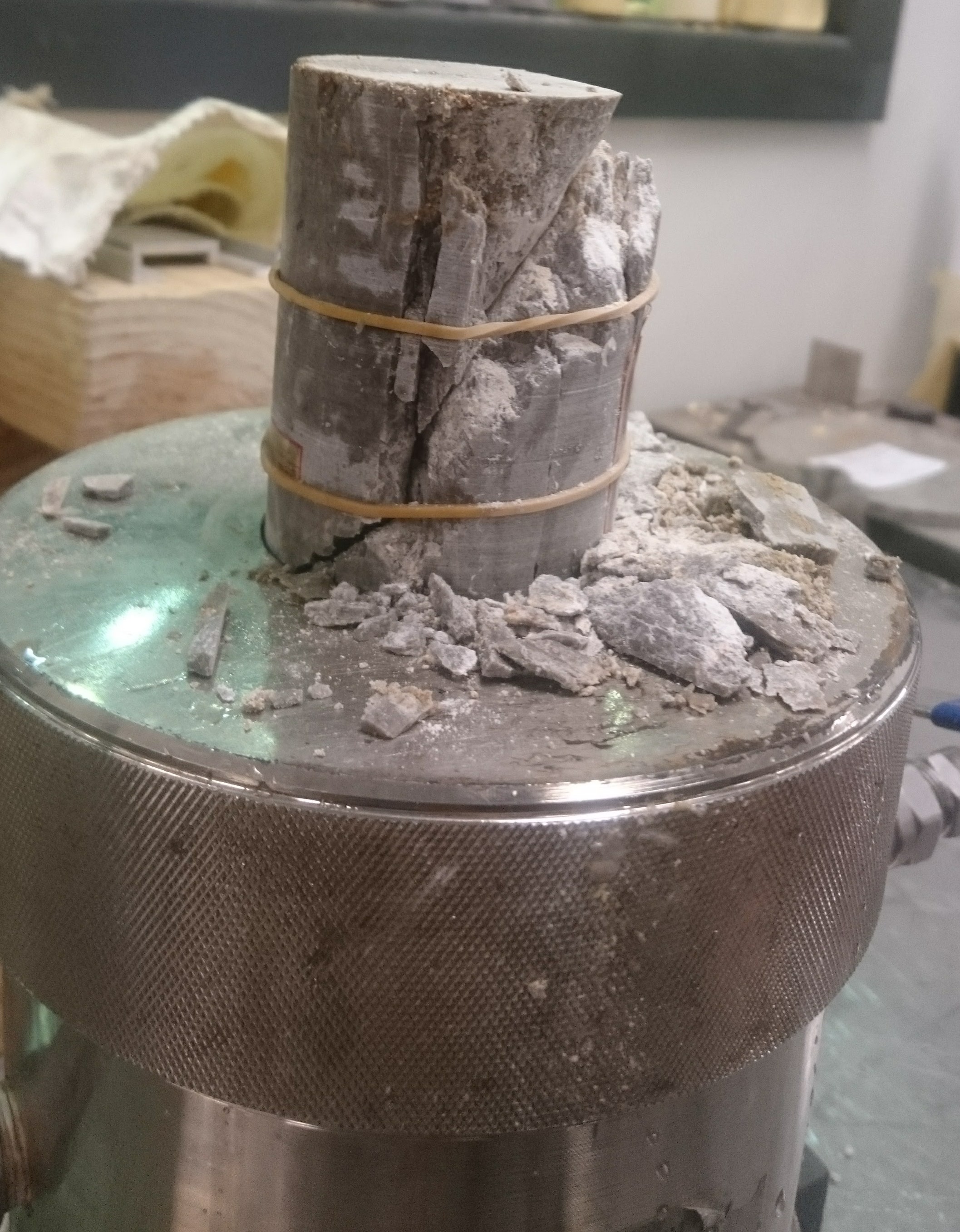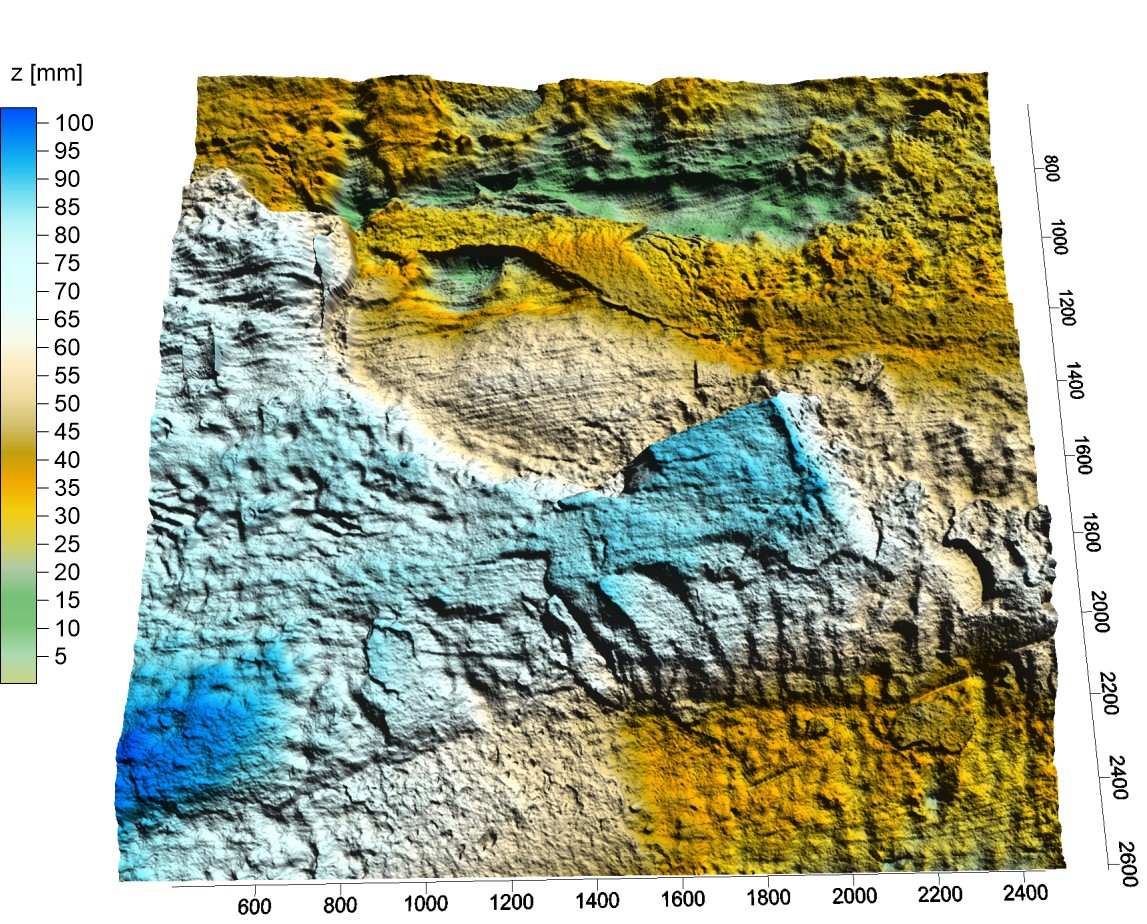Centre for Geotechnical Science and Engineering

Rock Mechanics
HYDROMECHANICS OF ROCK MATRIX, ROCK MASSES AND ROCK DISCONTINUITIES
Key Researchers: Olivier Buzzi, Anna Giacomini, Stephen Fityus, Jinsong Huang
PROBLEM DESCRIPTION
Rock masses are made of block of intact rock separated by discontinuities, such as bedding planes, joints or faults. Such discontinuities constitute preferential flow path for water and planes of mechanical weakness. Any attempt to characterise the hydromechanical response of a rock mass needs to account for intact rock and discontinuities at the scale of the rock mass, which is extremely challenging. For example, to assess the possibility of gravity driven instabilities one needs to estimate the shear strength of discontinuities, an estimation plagued by the well-known scale effect. To investigate water flow within a rock mass, one needs to establish the interconnectivity of fractures, their permeability and the possible coupling with stresses. The role played by discontinuities is less prevalent for stress driven failure which largely affects the intact rock matrix (for example in the case of brittle failure). Nonetheless, it is fundamental to adequately characterise the mechanical response of intact rock and to account for all relevant couplings. For example, our research team has investigated, and continues to do so, the effect of water pressure analysed in the framework of poroelasticity, the effect of heat in the context of geothermal systems and chemo-hydro-mechanical effects for coalbed methane recovery.
SCIENTIFIC AND ENGINEERING APPROACHES
- Development and application of random field models to roughness and distribution of discontinuities within a rock mass
- Development of analytical shear strength models for rough rock discontinuities
- Experimental testing of rock discontinuities (direct shear), rock specimens (triaxial compression and extension) and reduced-scale rock masses (hydro-mechanical couplings)
- Use of acoustic emissions to track progressive damage and failure within rock specimens.
- Coupled chemo-hydro-mechanical testing of CO2 adsorption in coal
- Thermal effects on the mechanical response of rocks
- Poroelastic characterisation (Biot coefficient) of porous rocks
APPLICATIONS
- Probabilistic prediction of shear strength of large in situ discontinuities for stability applications
- Brittle failure in deep excavation walls
- Geothermal energy and coal bed methane applications
- Water flow within rock masses and stability of excavated rock masses



The University of Newcastle acknowledges the traditional custodians of the lands within our footprint areas: Awabakal, Darkinjung, Biripai, Worimi, Wonnarua, and Eora Nations. We also pay respect to the wisdom of our Elders past and present.
